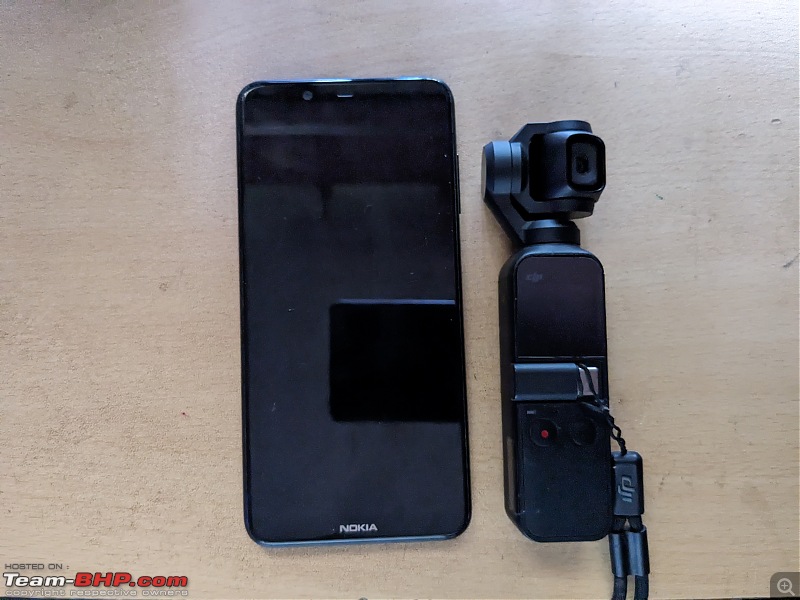We have several excellent threads on our forum about digital cameras, DSLR and Mirror/EVIL cameras. What we don’t have is a dedicated thread on digital compact cameras.
Some of you think, compact cameras?? Isn’t that a bit dated technology? Who uses a compact camera these days? Well, it turns out that the compact camera is going through a bit of a revival. Good second hand high-end compact cameras are fetching premium money. And there are rumours of manufacturers such as Canon releasing a high-end Power shot this year. Most of the big camera manufacturers have not released any compact cameras for several years.
Have a look here:
https://www.canonrumors.com/opinion-...er-generation/ https://www.npr.org/2024/12/09/nx-s1...ennials-trendy
I just bought a Sony Cybershot RX100 VII. Not a cheap camera by any stretch of the imagination. With one extra battery I paid Euro 1150,— for it (INR 104000).
I also traded in all my Olympus kit, two cameras and several Pro (zoom, prime) lenses. I received almost Euro 2000 for it (INR 181000). So I am in the money! Well, not really as the Olympus kit did cost a lot more as I bought all of it new over the years.
All of this in one little box, ready to be traded in:
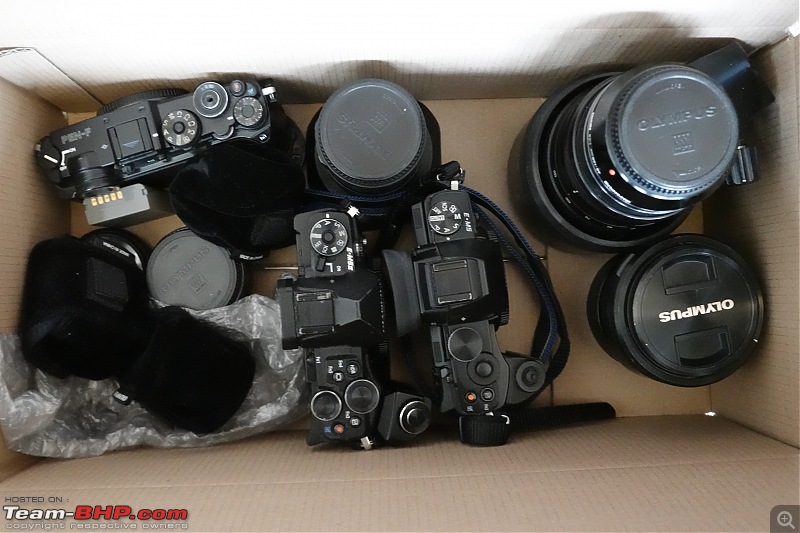
And still a lot of stuff left, that I need to sell or give away privately. three camera bags, four tripods, reflectors, and several filters and filter kits.
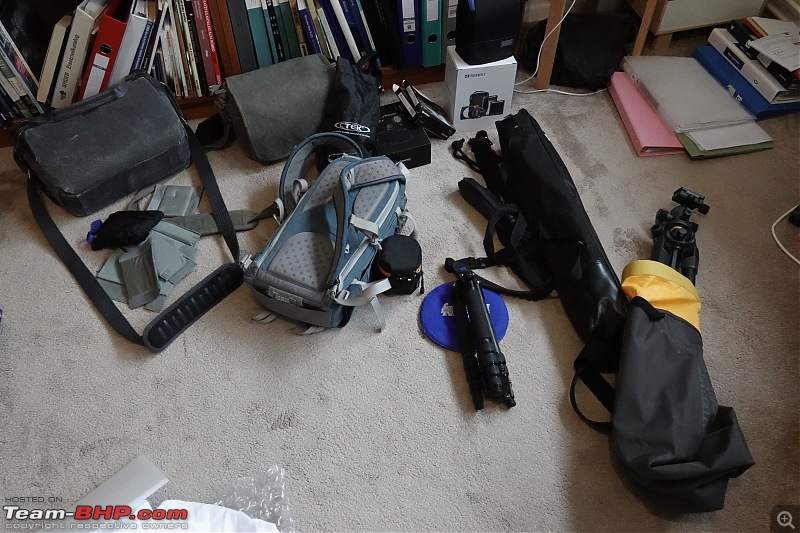
I have been involved in Photography since I was about 12 years old. My first camera was a Praktica LTL3. The first affordable SLR with through-the-lens metering. These cameras came with the so-called P-mounts. I paid about 500 Dutch guilders for it at the time. (1971). To put that is some perspective, it took me about 20 weeks of morning newspaper delivery, 6 days per week to earn that sort of money. In those days I also developed and printed my own (B&W) photographs as well.

About 6-7 years later I upgraded to a Minolta 700. The Minolta travelled with me all over the world during my merchant navy and offshore days. In those days I shot mainly slides (remember those?).

It wasn’t till the early 90s that I got my first digital camera. One of the early Sony Cybershots. I liked it so much I got myself the Sony Cybershot DR1.
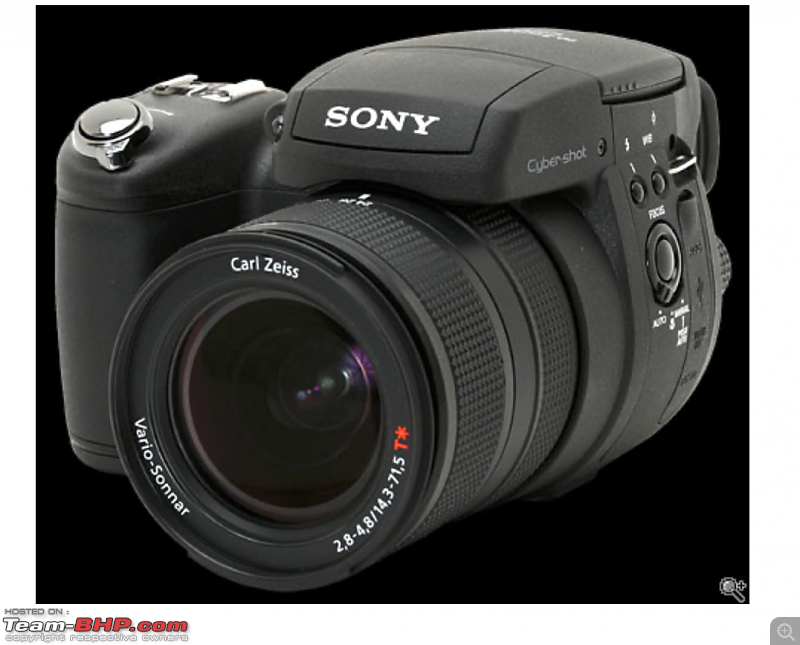
A camera used by pros (and little old me!)
https://en.wikipedia.org/wiki/Sony_Cyber-shot_DSC-R1
Around 2012 or so I bought my first Olympus OMD E5 camera and I have stuck with Olympus OMD camera and their outstanding lenses since. I have exhibited some of my images in Europe and India and have a licentiate of the Royal Photographic Society.
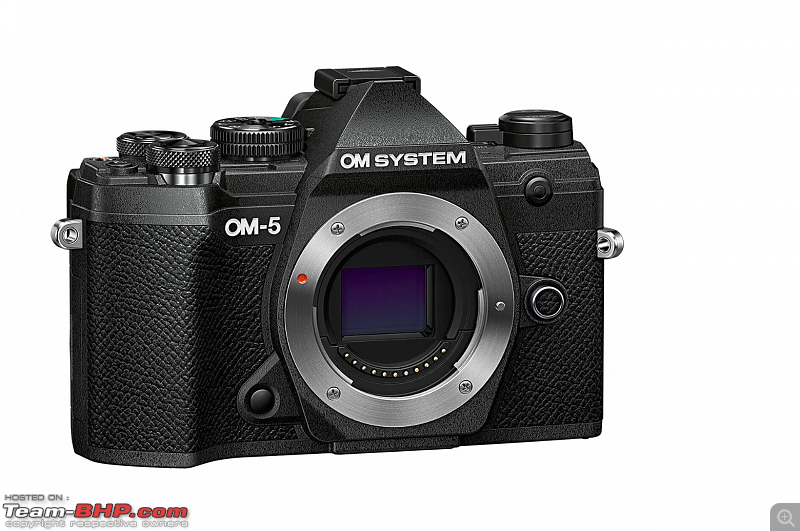

So why move back to a compact camera? There are several reasons. As the saying goes, the best camera is the camera you are carrying with you. For most of us, these days, our mobile phone. And you can take stunning images with a mobile phone.
One of the huge advantages of the micro third format is its size and weight compared to your regular DSLRs. Many of my RSP colleagues switched from full-frame cameras to various micro third brands, for weight alone. The RSP is a society with old members. At 66 I am probably still regarded as one of the younger ones. Dragging all this camera kit with you is a real problem as you get older.
Until recently, the RPS also promoted the printing of your images. So I printed all of my own images up to A3 format. Printing, monitor/printer calibration, choosing the right printing paper is as much a science/black art as shooting and photo editing. I have had some health issues over the last couple of years, which have degraded some of my cognitive abilities. I just don’t want to, or rather can't spend so much time behind a computer anymore. Photo editing and all the intricate adjustments for printing are simply beyond me.
Over the last 12-18 months, most images I have shot were done on my iPhone. I have also taken my Olympus Pen F with me to a few car shows and on my boat Sirion. Especially on board, I found the Olympus kit a hassle. There is too much of it, even though it is a lot smaller than a full-frame kit. It's still a rug sack for the kit. Also, I just don’t like having to change the lenses all the time or have two bodies with different lenses lying about.
So a few weeks ago I started contemplating trading in all of my Olympus kit and get myself a good compact camera. Interestingly enough, all the big manufacturers have not released any new high end compacts over the last couple of years. So when you start googling for reviews you end up with cameras that were released 3-5 years ago!
Even so, those cameras still pack quite a punch.
I had a list of some simple requirements.
- I wanted the camera to fit in the palm of my hand and fit into a coat pocket.
- I also wanted an optical zoom at least 30x, preferably 40x
- And that zoom lens should be of the best quality money can buy.
- I want the ability to program various shooting parameters and have at least full manual and aperture priority control.
- I wanted excellent and very fast autofocus
- Excellent image stabilisation
There are not that many compact cameras that fit the bill.
It was a fairly easy conclusion to go for the Sony. It has received many excellent reviews. Here on my favourite Camera-review-site:
https://www.dpreview.com/products/so...ony_dscrx100m7
If you Google the best compact camera, you will often find this very camera in the first places around the world. Not bad for a camera that was released in 2019!
I had trouble finding one though. Various webshops had it on offer, but I could only find two camera shops that had one in stock. So last Saturday I drove over to Cameraland in Alkmaar. (
https://www.cameraland.nl/). About an hour and a half drive. I was quite surprised. I had never been to this camera shop, but it was magnificent. Huge collection of just about anything for the discerning photographer. They also do trade-ins. They had one of the earlier Sony Cybershot RX100 second-hand. So I could compare the brand new one, the MKVII against earlier versions. Still went for the new and latest MKVII. The price difference with the older versions is not that great. As I mentioned, these compact cameras are the latest craze!
So after about an hour of discussion, I bought it, with just one spare battery. I never ever in my life have bought a dedicated camera case. I have had many camera bags and rug sacks to hold all my kit. But here is what I love about this camera.

All I need is the camera, one extra spare battery, nothing else. As you might recall from my previous post, I do visit a lot of (classic) car events. Glare is always an issue. So I have kept the smallest of my polariser filters from my Olympic kit. It won’t fit, but if you just hold it in front of the Sony lens it works just as well.
One battery should give me some 250-350 images, which is plenty these days for me for a day. If need be, I take the spare battery, which is tiny. I can charge the battery, inside the camera, with my iPad/iPhone charger. So no need to take extra charger hardware.
Sunday, I went on a short trip to nearby Dordrecht. A nice, picturesque little town not too far from where we live. I wanted to put my little camera through its paces and develop a good feel for it. It has a huge set of different settings/parameters and what not. The Sony Manual is next to useless. It has 254 pages, but in 84 different languages, so not useful. But I have found a dedicated book that comes highly recommended. I have ordered it and it should arrive next week.

In the meantime, I have found quite a bit of information on the internet and some very useful Youtube videos.
I must admit I am very pleased with its performance so far. I took a couple of hundred images. In many cases the same scenery with different settings. E.g. different aperture over zoom settings. Different ISO versus shutter speeds. Experimented with the various autofocus modes and metering modes and so on.
The depth of field range on this sort of compact camera is very different from a Micro Four Thirds let alone a full frame camera. But I was impressed with how well it performed.
The Autofocus is extremely fast. Much faster than my old Olympic. The eye-detection focus mode is out of this world. I took a few shots of our Digital Image Frame (
https://www.team-bhp.com/forum/gadge...tal-frame.html (You have the images, now get yourself a digital frame!)). This little camera picks up the eyes on the photographs displayed on the digital frame from several meters away!. You can also set it to detect animal eyes versus human eyes. However, our cat Molly sleeps most of the time, so I have not had the chance to test it.
The screen on the back is very good and can be tilted up or down.


Here is a tip for all you photographers. Stop shooting from eye-height. Get down on the floor or shoot from above, arm stretched above your head. I once took part in a workshop where all your shots had to be taken from ankle height or less. Having a tilted screen on your camera is essential, unless you want to spread out on the ground!
This camera does come with a tiny pop-up electronic viewer. Comes in handy in bright sunlight as the screen on the back might be a bit tricky to see. (There is a special “bright sunlight” setting for the screen. But I suspect the battery is going to take a hammering in that mode)
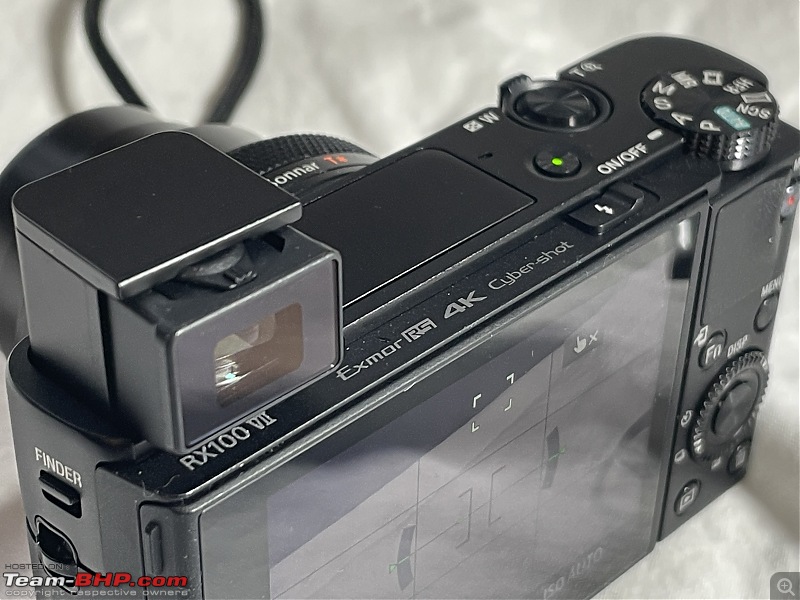
I reckon I will need to shoot some 1000 images to get the feel of the camera. Become familiar with all the controls and settings. More importantly, set up 4-5 different specific profiles in memory. Unfortunately, these days I do need quite a bit of help to set this all up. With my garbled mind and memory there is no way I can even begin to do this al by myself. Luckily I have several friends who are keen photographers who are helping me out.
All in all, a very neat, very capable tiny little package!



Key question is how will these images compare to my earlier images shot on the Olympus kit. Well, a good image always starts with excellent composition. Composition is mostly camera independent.
Every camera thread on any forum, including ours, will have endless debate about full frame versus the rest, quality of lenses and so on. I have my take on all this. In general, I find that the whole discussion pretty arbitrary anyway. Of course, there are technical differences. But it is more important to understand under what conditions might those technical differences be a problem.
If you mostly look at photographs on a phone or some iPad, sensor size is simply not a factor these days. These days almost all my photographs end up on Facebook, WhatsApp or internet forums. Very different from having to print them out on A3 format! This little camera sports a 1 inch, 20.1 mega pixels sensor, CMOS technology.
Truth be told, in most cases I believe the limitations are the photographers, not the equipment. Having said that, a compact camera by definition will have more limitations than any Micro Third or Full Frame camera. But again, if you are going to upload those images to a forum, those limitations become pretty much irrelevant in most cases.
I come back to my earlier statement, the best camera is the camera you have on you. The type of camera you have on you when you are an (amateur) photographer might change over the years. Usually, as we grow older we tend to be able to afford and enjoy more elaborate kits. I certainly did. But there might be reasons, as we grow older, that all that elaborate kit becomes more of a hindrance than anything else. Whether that is size/weight or other factors. When you leave your Micro Third or full frame camera at home it might be time to switch back to a compact camera!
Do we have any other members on the forum still shooting with compact cameras? Or considering it perhaps?
Jeroen

 (45)
Thanks
(45)
Thanks

 (3)
Thanks
(3)
Thanks
 (5)
Thanks
(5)
Thanks

 (1)
Thanks
(1)
Thanks
 (2)
Thanks
(2)
Thanks

 (2)
Thanks
(2)
Thanks
 (2)
Thanks
(2)
Thanks
 (4)
Thanks
(4)
Thanks
 (1)
Thanks
(1)
Thanks
 (5)
Thanks
(5)
Thanks
 (1)
Thanks
(1)
Thanks

 (5)
Thanks
(5)
Thanks
 (2)
Thanks
(2)
Thanks





















 I had looked at some of the cheaper point and shoot cameras, but most of them had mediocre video quality, so I decided against it.
I had looked at some of the cheaper point and shoot cameras, but most of them had mediocre video quality, so I decided against it. 